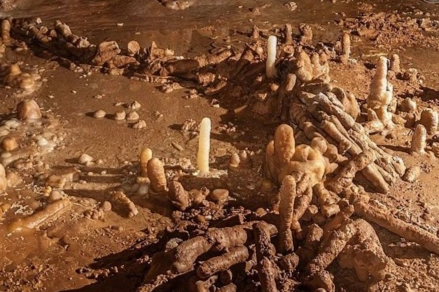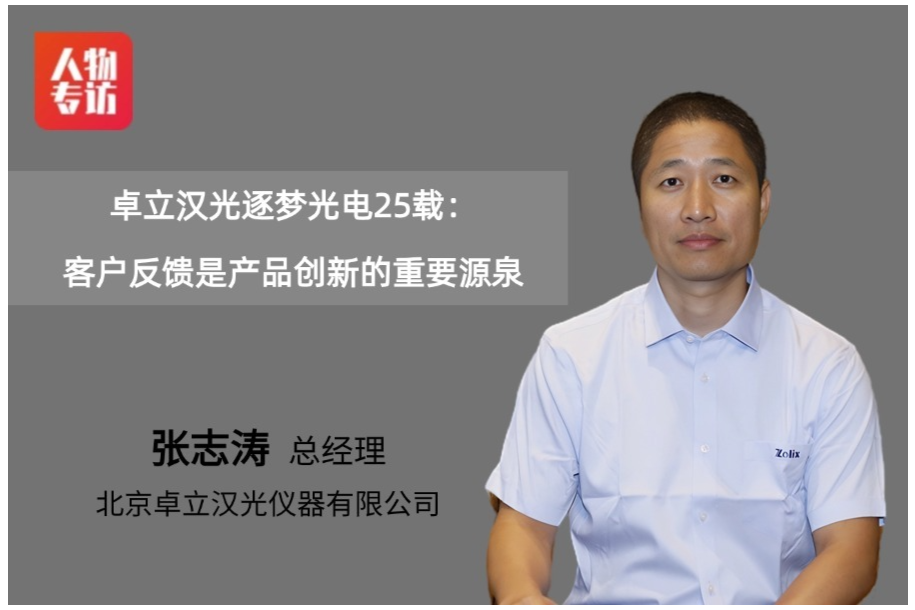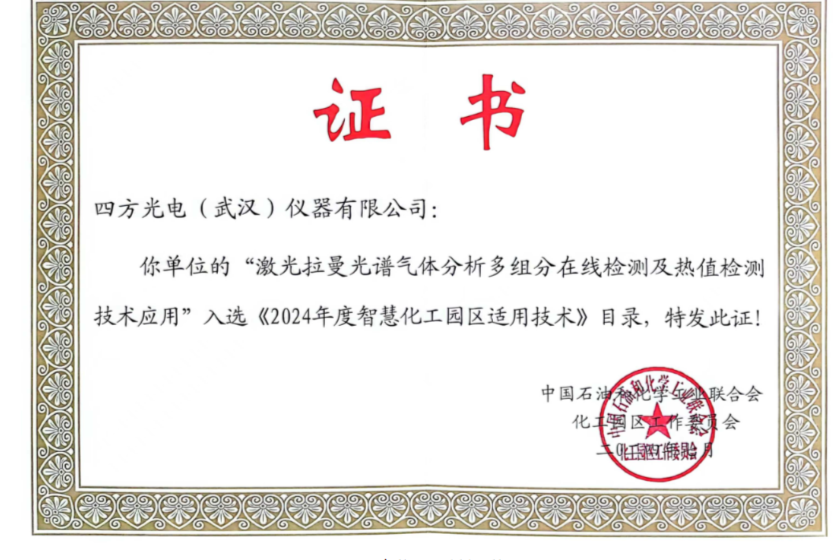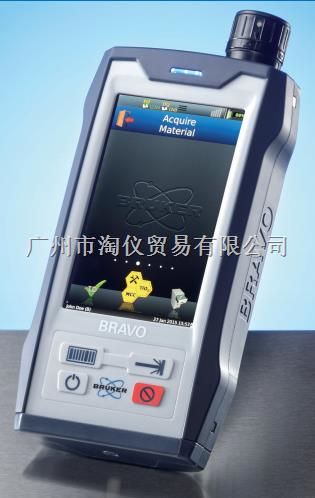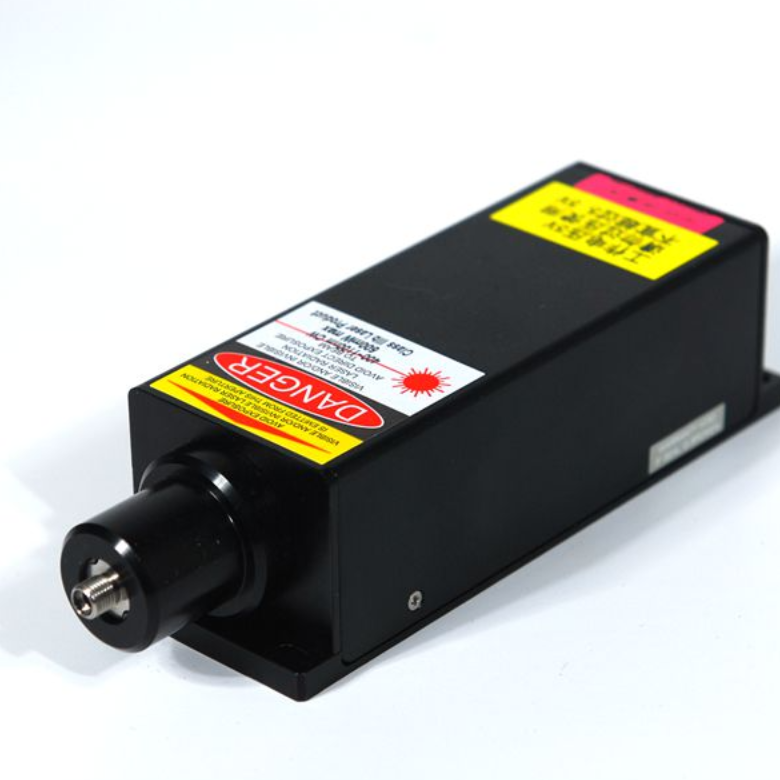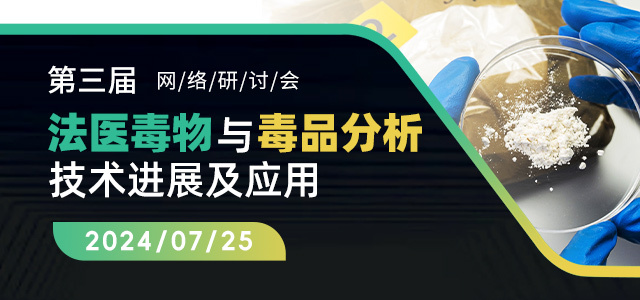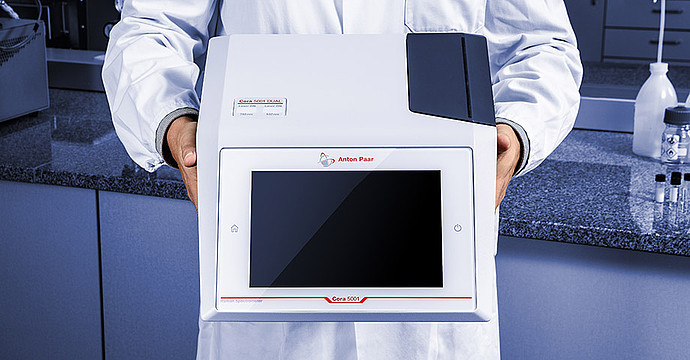【最新进展】清华大学王哲课题组:理解激光诱导击穿光谱信号不稳定性的来源
导读:清华大学王哲教授团队最近在Frontiers of Physics发表的一篇论文[1]揭示了激光诱导击穿光谱分析中信号不确定性产生的物理机理。
清华大学王哲教授团队最近在Frontiers of Physics发表的一篇论文[1]揭示了激光诱导击穿光谱分析中信号不确定性产生的物理机理。
Vincenzo Palleschi
Applied and Laser Spectroscopy Laboratory, Institute of Chemistry of Organometallic Compounds, Research Area of CNR, Via G. Moruzzi, 1–56124 Pisa, Italy
E-mail: vincenzo.palleschi@cnr.it
整整20年前,我在意大利比萨(Pisa, Italy)组织召开了第一届国际激光诱导击穿光谱(Laser-induced breakdown spectroscopy, LIBS)会议,这一活动首次将LIBS研究同仁聚集在一个国际会议上,极大地推动了激光诱导等离子体光谱领域的研究[2],以及该技术在工业诊断[3]、环境检测[4]、生物医学[5]、文化遗产[6]等领域的应用。
事实上,LIBS技术具有许多独特的特点,包括设备简单可靠、无需对样品进行任何处理即可检测等优点,这使其成为快速原位分析应用的极佳选择[7];另一方面,LIBS的实验室分析应用并没有与实验室外应用以相同的速度增长,LIBS等离子体远未达到光谱分析测量的理想状态,它们在其存在周期的大部分时间内都是非稳定、不均匀和非热平衡的[8]。自吸收[9]和基体效应使得光谱发射强度与分析物浓度之间的关联变得困难,而使用激光来烧蚀和激发样品极大地限制了分别优化这两个过程的可能性。测量过程中极小的烧蚀质量导致了强烈的信号波动,同时对于大多数感兴趣的应用中,分析元素的检出限较高。
在过去的20年里,一些重要的研究表明,为了提高LIBS技术在实验室中的性能,需要更好地理解激光-样品和激光-等离子体相互作用的机理。1998年,加拿大的Sabsabi教授团队提出了在LIBS分析中使用脉冲序列[10]来提高信背比的想法;1999年,我们在比萨提出了一种新的免标准样品LIBS分析方法,称为免定标LIBS(CF-LIBS)[11-13],以克服基体效应和自吸收效应;2013年,意大利的De Giacomo教授团队提出了使用金属纳米粒子[14,15]来增强LIBS信号并改善其分析性能的想法。这三项提高实验室LIBS分析能力的关键改进方法是在北美和欧洲发展起来的,这反映了这样一个事实:直到21世纪的头十年,LIBS研究主要由美国、加拿大和欧洲国家主导。然而,情况在2014年开始发生变化,当时LIBS国际会议首次走出美国和欧洲-地中海地区,抵达中国北京。LIBS-2014国际会议的成功举办证明了亚洲地区在LIBS基础研究和应用方面取得了巨大进展。
清华大学王哲教授所在的团队在Frontiers of Physics上发表的论文[1]是其多年来辛勤工作的成果,经过这些年的努力,清华大学LIBS实验室已经成为世界上最具影响力LIBS研究团体之一。王哲教授建立了一个LIBS历史上最为先进和昂贵的实验室,可能仅次于LIBS在火星空间应用实验室[16]。他和他的同事们使用了三个增强型CMOS相机对激光诱导等离子体进行成像,另外一个相机连接到阶梯型光谱仪上进行时间分辨光谱采集,这使得他们能够以更清晰的方式研究等离子体演化及其对LIBS信号的影响规律。
这个令人印象深刻的实验证明了在激光脉冲激发样品产生等离子体后约140~170 ns的关键时间处,等离子体中开始出现不稳定性[1]。作者指出这种不稳定性是LIBS分析应用中信号波动和不确定性的主要来源。他们还解释了这种不稳定性的产生机制,即等离子体受激波反作用力的影响,在向内反弹的过程中,放大了早期阶段的微小形态变化,并导致不可避免的LIBS信号不稳定性(图1)。
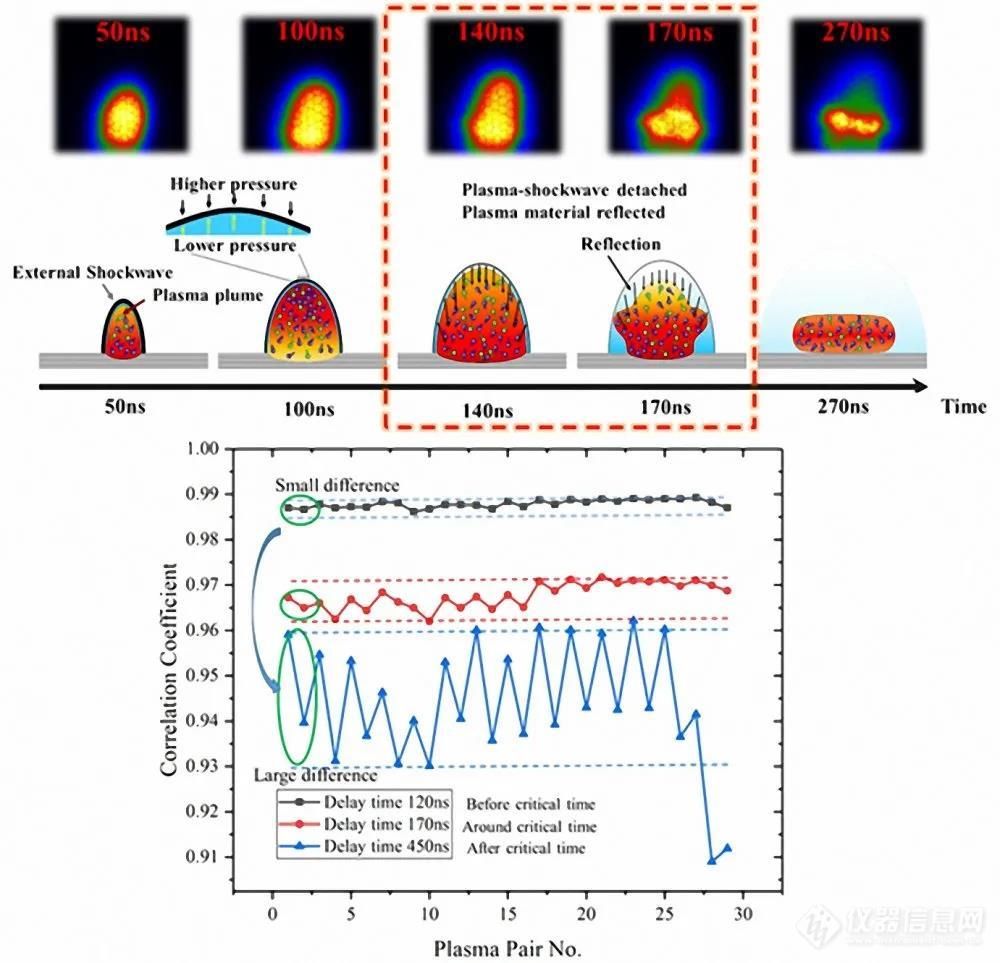
图1 早期等离子体演化示意图及图像相关性。
References
1. Y. T. Fu, W. L. Gu, Z. Y. Hou, S. A. Muhammed, T. Q. Li, Y. Wang, and Z. Wang, Mechanism of signal uncertainty generation for laser-induced breakdown spectroscopy, Front. Phys. 16(2), 22502 (2021)
2. S. M. Aberkane, A. Safi, A. Botto, B. Campanella, S. Legnaioli, F. Poggialini, S. Raneri, F. Rezaei, and V. Palleschi, Laser-induced breakdown spectroscopy for determination of spectral fundamental parameters, Appl. Sci. 10(14), 4973 (2020)
3. S. Legnaioli, B. Campanella, F. Poggialini, S. Pagnotta, M. A. Harith, Z. A. Abdel-Salam, and V. Palleschi, Industrial applications of laser-induced breakdown spectroscopy: A review, Anal. Methods. 12(8), 1014 (2020)
4. G. A. Lithgow, A. L. Robinson, and S. G. Buckley, Ambient measurements of metal-containing PM2.5 in an urban environment using laser-induced breakdown spectroscopy, Atmos. Environ. 38(20), 3319 (2004)
5. R. Gaudiuso, N. Melikechi, Z. A. Abdel-Salam, M. A. Harith, V. Palleschi, V. Motto-Ros, and B. Busser, Laser-induced breakdown spectroscopy for human and animal health: A review, Spectrochim. Acta Part B: Atomic Spectrosc. 152, 123 (2019)
6. A. Botto, B. Campanella, S. Legnaioli, M. Lezzerini, G. Lorenzetti, S. Pagnotta, F. Poggialini, and V. Palleschi, Applications of laser-induced breakdown spectroscopy in cultural heritage and archaeology: A critical review, J. Anal. At. Spectrom. 34(1), 81 (2019)
7. A. W. Miziolek, V. Palleschi, and I. Schechter, Laser Induced Breakdown Spectroscopy (LIBS): Fundamentals and Applications, Cambridge University Press, 2006
8. G. Cristoforetti, A. De Giacomo, M. Dell’Aglio, S. Legnaioli, E. Tognoni, V. Palleschi, and N. Omenetto, Local thermodynamic equilibrium in laser-induced breakdown spectroscopy: Beyond the McWhirter criterion, Spectrochim. Acta Part B: Atomic Spectrosc. 65(1), 86 (2010)
9. F. Rezaei, G. Cristoforetti, E. Tognoni, S. Legnaioli, V. Palleschi, and A. Safi, A review of the current analytical approaches for evaluating, compensating and exploiting self-absorption in laser induced breakdown spectroscopy, Spectrochim. Acta Part B: Atomic Spectrosc. 105878 (2020)
10. L. St-Onge, M. Sabsabi, and P. Cielo, Analysis of solids using laser-induced plasma spectroscopy in double-pulse mode, Spectrochim. Acta Part B: Atomic Spectrosc. 53(3), 407 (1998)
11. A. Ciucci, M. Corsi, V. Palleschi, S. Rastelli, A. Salvetti, and E. Tognoni, New procedure for quantitative elemental analysis by laser-induced plasma spectroscopy, Appl. Spectrosc. 53(8), 960 (1999)
12. D. Bulajic, M. Corsi, G. Cristoforetti, S. Legnaioli, V. Palleschi, A. Salvetti, et al., A procedure for correcting self-absorption in calibration free-laser induced breakdown spectroscopy, Spectrochim. Acta Part B: Atomic Spectrosc. 57(2), 339 (2002)
13. G. H. Cavalcanti, D. V. Teixeira, S. Legnaioli, G. Lorenzetti, L. Pardini, and V. Palleschi, One-point calibration for calibration-free laser-induced breakdown spectroscopy quantitative analysis, Spectrochim. Acta Part B: Atomic Spectrosc. 87, 51 (2013)
14. A. De Giacomo, R. Gaudiuso, C. Koral, M. Dell’Aglio, and O. De Pascale, Nanoparticle-enhanced laser-induced breakdown spectroscopy of metallic samples, Anal. Chem. 85(21), 10180 (2013)
15. A. De Giacomo, Z. Salajkova, and M. Dell’Aglio, A quantum chemistry approach based on the analogy with π-system in polymers for a rapid estimation of the resonance wavelength of nanoparticle systems, Nanomaterials 9(7), 1 (2019)
16. S. Maurice, S. M. Clegg, R. C. Wiens, O. Gasnault, W. Rapin, et al., ChemCam activities and discoveries during the nominal missionof the Mars Science Laboratory in Gale crater, Mars, J. Anal. At. Spectrom. 31(4), 863 (2016)
来源于:物理学前沿FOP刊
热门评论
最新资讯
新闻专题
更多推荐


